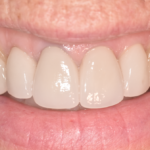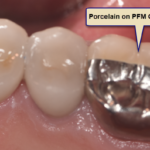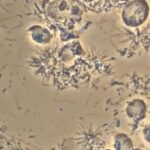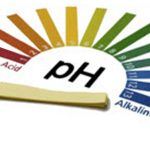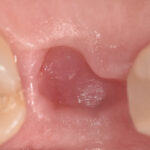Increasing interest in environmental health and conservation has also increased a focus on dentistry’s environmental footprint. In 2008 The Academy of General Dentistry published an article on dentistry’s attempts to “go green”, which featured Integrative Dentistry as one of a handful of offices nationwide who are pioneering this effort. Conservation of basic resources is an important aspect of environmental health. In the next series of posts we will highlight ocean conservation, as being fundamental to our health and to the health of succeeding generation.
Our beautiful blue planet is covered with 75% water, which regulates its temperature and produces more than half of the air we breathe. It is the only substance on earth that can be found in solid, liquid and gas forms, and 97% of it is found in the oceans
The oceans are consistently impacted by Nature itself and by human activity. About half the gases worldwide that contribute to the greenhouse effect are absorbed into the ocean, which delays the effects of global warming. Carbon dioxide, one of the main greenhouse gases, also makes the ocean water more acidic and less hospitable for aquatic life. Just as acid/alkaline balance is important for the body’s health, it is also important in the ocean. In April 2009, President Obama signed legislation to address the environmental and economic impact of acidic ocean waters.
Going to the beach is one of the things we like most about the California lifestyle. It is also a major economic resource, with beach related recreation and tourism accounting for over 80 billion dollars in 2001. Yet each year beach closings and advisories caused by other factors deter more people. In 2006, university researchers found that 1.5 million people get sick each year in coastal Los Angeles and Orange County alone. One source of pollution in our local beaches is sewage and toxic runoff from Tijuana, another is pesticides and fertilizer from agriculture.

Carey O’Rielly DDS has been a practicing dentist for 35 years. He went to USC Dental School and Duke University for his undergraduate degree. He grew up in Laguna Beach and now lives in La Costa with his wife Victoria, who runs his office.
He began his career by owning and operating a network of six offices in the San Francisco Bay Area. Presently he owns a private holistic practice in North County San Diego’s Encinitas.
Dr. O started looking for solutions to his health challenges that resulted from the stress and environmental toxicity that built up over a ten year period running his dental network. He has dedicated himself to learning about oral systemic problems and how dentistry can affect your health. He has applied what he has learned over the last twenty years to ensure he, his staff and his patients are protected from the chemicals and toxic materials found in most dental offices. He has produced an environmentally friendly office that is also peaceful and calm.
He is an expert on dental materials having looked at hundreds of biocompatibility lab tests over the years. He has identified the most bio-friendly materials to use in his practice and which dental materials can be used to replace metal fillings and crowns, including BPA free and fluoride free ‘white’ fillings. He also uses metal-free Zirconia or ceramic implants and PRF (platelet-rich fibrin) grafting materials which come from the patient’s own blood.
Dr. O’Rielly teaches C.E. courses on the systemic effects of gum disease. He is an expert in using phase contrast microscopy for analyzing dental infections, where he shows patients what kind of microbes, i.e. bacteria, amoeba, and yeasts like candida are populating the mouth and affecting the body as a whole.
He has an educational blog and is writing a book on dental health called ‘Hidden Dental Infections: Healing Root Canals and Infected Teeth with the Erbium Laser’ where he discusses dental nutrition, toxic dental materials and the effects of old root canals on inflammation and overall health.

